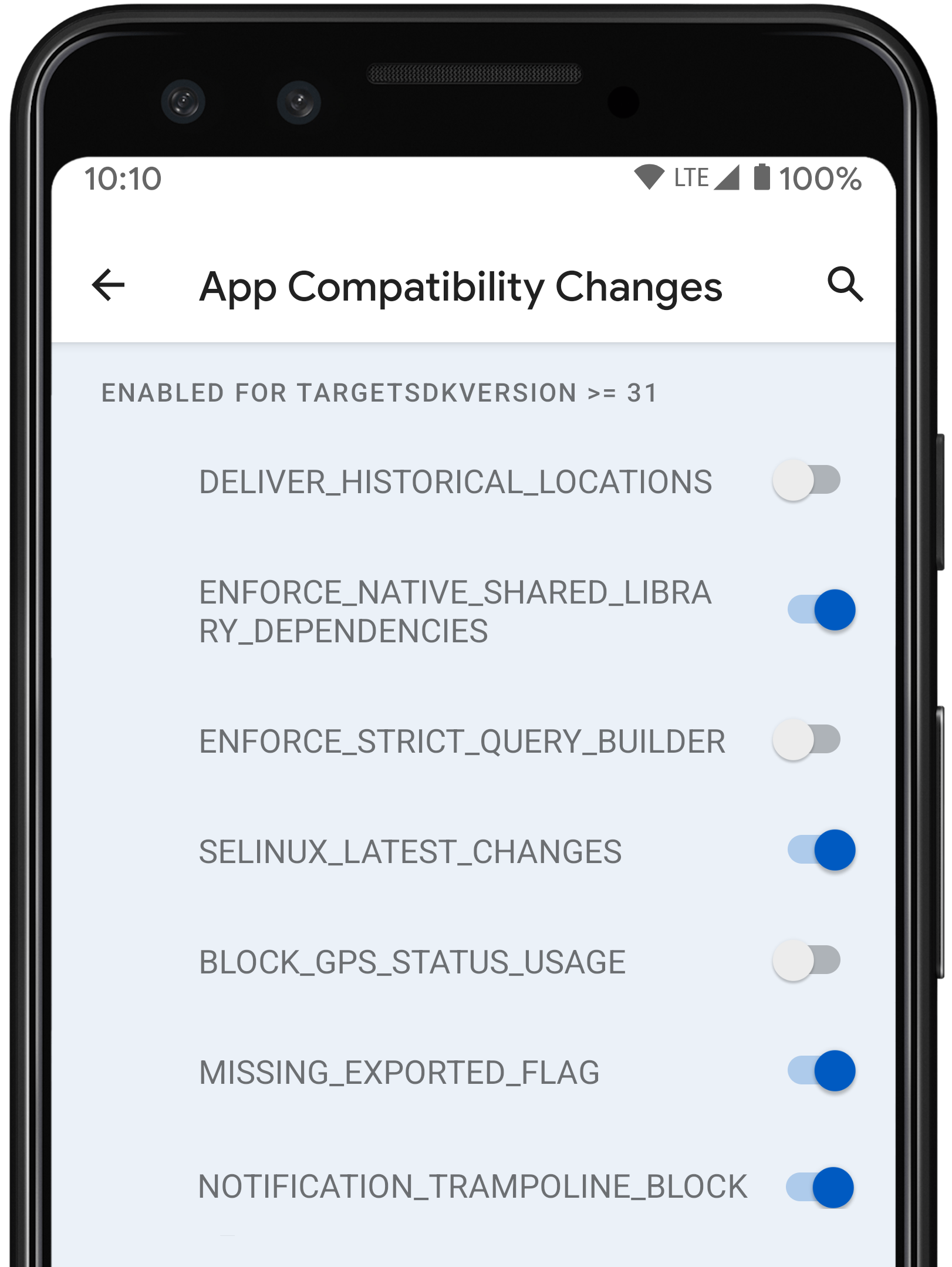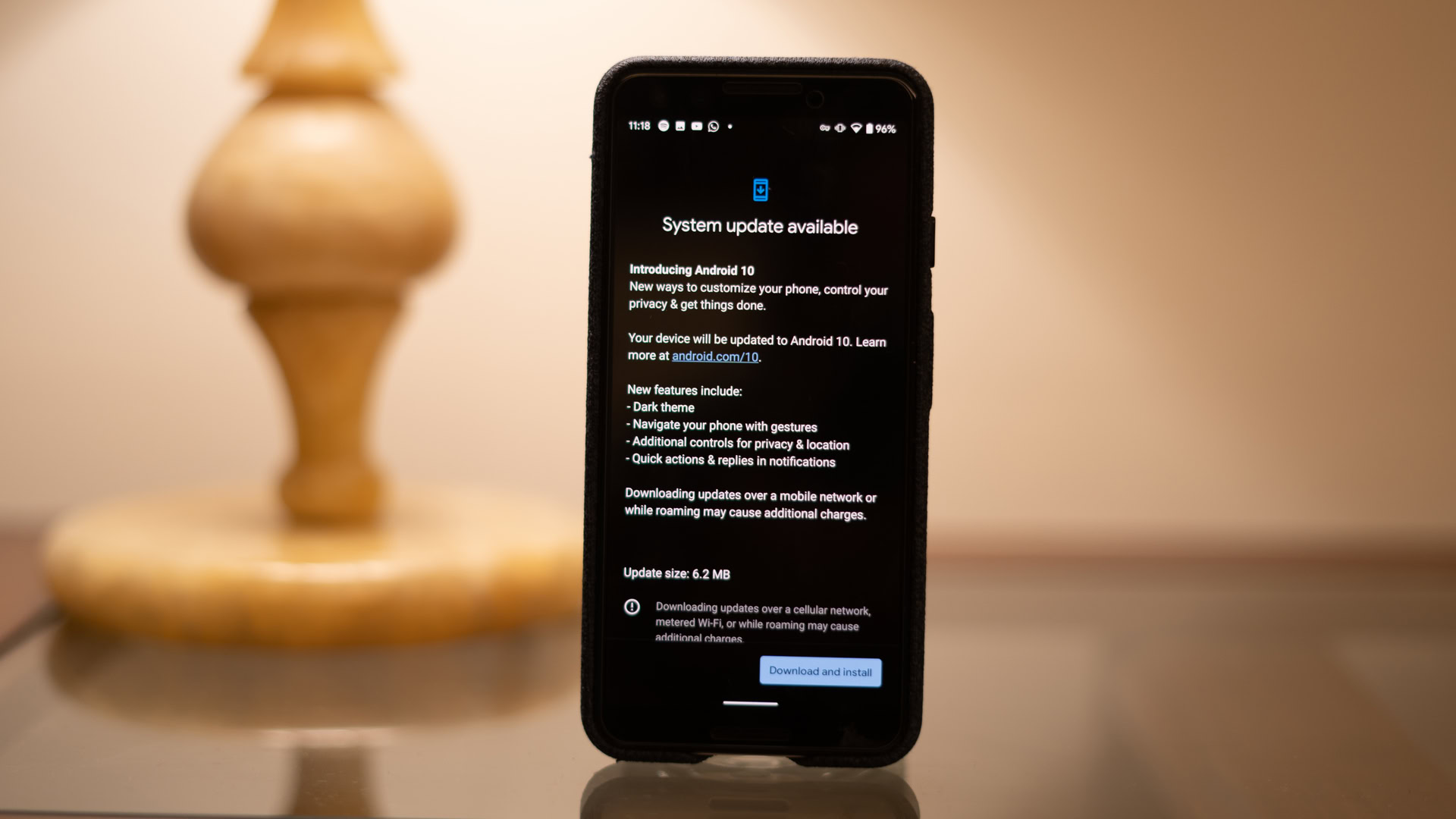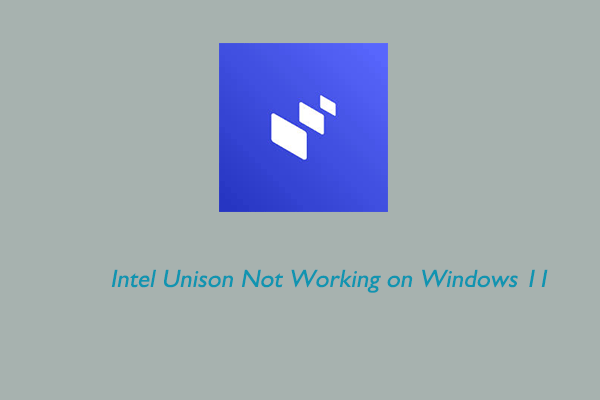In recent developments, Android development changes have been unveiled, indicating a significant shift in how Google manages its Android ecosystem. While Google has not officially substantiated these alterations, reports suggest the company is consolidating its approach by transitioning to a single development branch. Currently, Google supports both the public Android Open Source Project (AOSP) and an internal Android branch, which has historically resulted in disparities and delays. The announcements hint at a future where internal Android branch innovations are integrated into the AOSP more seamlessly, balancing proprietary and open-source components. This change promises to streamline the Android update process, hoping to enhance the efficiency and consistency of future Google Android updates, benefitting developers and users alike.
The recent updates in the Android development landscape signal a new era for Google’s mobile operating system. Previously divided between the public-facing AOSP changes and the proprietary components of its internal Android branch, Google is now reportedly focusing on a unified development framework. By consolidating these efforts, Google aims to simplify the process for developers and ensure a smoother transition of new features into its open-source platform. As this evolution unfolds, it raises important considerations for those engaged in app development and highlights the significance of the Android source code in fostering innovation. With ongoing adaptations to the internal Android development branch, both developers and users may soon experience a more cohesive Android environment.
Understanding the Shift to a Unified Android Development Branch
Google’s transition to a unified Android development branch marks a significant change in how Android is developed and maintained. Traditionally, Google operated with two branches of Android development: the public Android Open Source Project (AOSP) and the closed internal development branch. The AOSP is where the publicly available version of Android is created, allowing developers and enthusiasts to access and contribute to the code base. On the other hand, the internal Android branch houses proprietary components used by smartphone manufacturers. This bifurcation often led to delays in updates and inconsistencies between the two branches, causing frustrations among developers and users alike.
With the new streamlined approach, Google will focus on a single internal development branch, presumably to enhance efficiency and ensure that updates are more cohesive. This move aims to reduce the lag time between the internal branch and AOSP, thereby minimizing conflicts and facilitating more timely updates for users. While Google assures that the open-source integrity of Android will remain intact with regular AOSP releases, the frequency of those releases may decrease. Such changes could lead to a more organized development process, ultimately resulting in a more stable and consistent experience for end-users.
Implications for Android Developers and Users
For Android app developers, the shift towards a unified development branch may have a mixed impact. Most developers might not notice any immediate changes, as the annual release cycle of Android remains consistent. However, those who rely heavily on the AOSP source code for building custom ROMs or developing applications that require deeper system access could face challenges. Since the releases of AOSP will become less frequent, there might be a slowdown in the availability of new features and updates for developers who depend on those updates for their work.
Additionally, as Google continues to publish the source code for the underlying Linux kernel used in Android, developers should maintain awareness of changes in both branches. The synchronization of core features could mean that new functionalities developed internally might eventually make their way to the AOSP version, but the lag could affect app compatibility temporarily. Hence, keeping abreast of Google’s updates and announcements will be crucial for developers to ensure their applications run smoothly on the latest version of Android.
The Future of AOSP and Google’s Open Source Commitment
The future of the Android Open Source Project (AOSP) is at a pivotal juncture with Google’s recent announcements. While there is a commitment to continue offering AOSP as an open-source alternative, the frequency of updates could potentially diminish as Google consolidates its development efforts. This could lead to a situation where core updates and features developed in the internal branch take longer to be reflected in the open-source version. Developers and enthusiasts who prefer using AOSP for its customization capabilities might face a tougher road ahead.
On a positive note, Google’s commitment to maintaining an open-source version of Android ensures that the community remains engaged in the development process. Open-source contributions have historically driven innovation and provided a platform for developers to create customized experiences for users. By ensuring that there is still an accessible version of Android via AOSP, Google reassures users and developers alike of its ongoing dedication to transparency and collaborative development. However, the balance between proprietary development and open-source availability will need to be navigated carefully to maintain the trust of the Android community.
Google Android Updates: Keeping Users Informed
With Google streamlining its Android development process, user awareness of upcoming Android updates has become more crucial than ever. Users depend on regular updates not only for new features but also for security patches that protect their devices. Google has stated that the annual release schedule will continue, which should help users anticipate when to expect new versions. However, the nature of these updates may shift as Google integrates more features internally before they make their way to AOSP.
The transition to a single development branch potentially enhances the overall quality and security of updates, as there might be fewer conflicts between what is available to users and what is being tested internally. Google’s transparency regarding these updates is essential for user trust. By clearly communicating what updates to expect and when, users can better manage their devices and stay informed about the features that will enhance their experience.
AOSP Changes and Developer Adaptability
The recent changes to the Android Open Source Project (AOSP) herald a new era for Android development that demands adaptability from developers. With the announced shift to a single development branch, developers will need to adjust their approaches to accommodate less frequent AOSP releases. This shift may necessitate new strategies in how developers plan their projects, especially for those relying on timely access to the latest source code for their applications.
Adapting to these changes means developers might need to invest more in understanding the internal workings of the Android branch and how they impact the overall ecosystem. By staying adaptable and proactive about learning potential future updates, developers can mitigate the effects of slower AOSP releases. Active participation in the Android development community and keeping abreast of Google’s communications will be vital for those looking to maintain their edge in this evolving landscape.
Navigating the Internal Android Branch Dynamics
Understanding the dynamics of the internal Android branch is essential for anyone involved in Android development. Google effectively manages two branches, but with the consolidation effort, the internal branch will significantly drive innovation within Android. For developers, this means it’s crucial to learn how changes made in this internal space translate to practical applications in the public domain. By grasping the nuances of the internal Android branch, developers can better anticipate changes that could influence their app development cycles.
As features evolve internally, there could be potential advantages for developers, such as increased access to cutting-edge innovations that can differentiate their applications. However, the challenge lies in the fact that not every new internal feature will instantly hit the AOSP environment, leading to discrepancies. Monitoring Google’s release notes and developer forums becomes increasingly important for staying updated on what changes could affect the overall functionality of their apps.
Core Features and Their Transition to AOSP
The transition of core features from Google’s internal Android branch to AOSP is a critical aspect to understand for developers and tech enthusiasts alike. As Google focuses on reducing the time gap between internal developments and AOSP releases, it is imperative that the community is aware of how these core features can impact user experience and app functionality. Features that are first tested internally might include significant advancements in user interface design, security enhancements, or new APIs that could be pivotal for developers.
Developers must remain vigilant about these transitions, as the rollout of such features can often come with specific requirements or adjustments needed on their end. Being proactive about adapting to these core feature changes will empower developers to leverage what the latest Android version has to offer while ensuring their applications remain competitive in the marketplace.
Security Implications of Google’s Development Changes
The shift to a single internal development branch by Google brings forth significant implications for Android’s security landscape. As the development becomes more centralized, it could potentially lead to improved security protocols as internal changes are more rapidly deployed across the board. This centralization allows security fixes and enhancements to be more methodically integrated into Android’s ecosystem, bolstering the overall safety of millions of devices.
However, this change may also raise concerns regarding the transparency of security practices. As Google manages a more closed-off internal branch, developers and users alike will need to trust that these improvements are implemented effectively and promptly. Continuous communication from Google concerning security updates and their origins will be important to maintain confidence in Android as a secure platform.
Maintaining Community Involvement in Android Development
Despite the internal consolidation of Android development, maintaining community involvement remains a crucial pillar of Android’s success. The vibrant ecosystem of open-source contributions has fostered innovation and creativity, making Android one of the most flexible operating systems available today. Google’s commitment to continuing the AOSP indicates an intention to keep this community engaged, ensuring that developers can still contribute to the evolution of Android.
For developers and tech enthusiasts, engaging in community forums, contributing to AOSP, and participating in discussions around new features and updates can help sustain a collaborative spirit in Android development. As Google navigates the complexities of its development branches, active community participation will be essential in shaping the future of Android, ensuring it remains responsive to the needs of developers and users.
Frequently Asked Questions
What are the latest Google Android updates affecting development?
Recent Google Android updates indicate a shift in the development process, as Google streamlines its approach to Android development. This involves transitioning towards a single internal Android development branch while maintaining the Android Open Source Project (AOSP) for public use. The changes are designed to improve synchronization between the two code branches and enhance the overall development experience.
How do AOSP changes impact Android app developers?
AOSP changes may not significantly impact most Android app developers, as the core Android development framework remains stable. However, developers relying on the AOSP source code might notice less frequent releases due to Google’s consolidation of its internal development branch. Overall, the updates aim to ensure smoother integration of features from the internal branch into the open-source AOSP.
What is the importance of the Android source code in the development process?
The Android source code, particularly from the AOSP, is crucial for developers who wish to customize Android for specific devices or create Android-compatible applications. This code is publicly accessible, allowing for open-source development and innovation. Despite the internal branch changes, Google confirms that an AOSP version of Android will still be available to support these developers.
Will the internal Android branch affect the open-source nature of Android?
No, the internal Android branch changes will not affect the open-source nature of Android. Google assures that there will still be regular releases of the AOSP, allowing developers and enthusiasts access to the open-source components. The internal branch change is primarily aimed at streamlining development and improving feature integration.
What is the difference between the internal Android branch and AOSP?
The internal Android branch is closed and contains proprietary features used by manufacturers, while the AOSP is an open-source branch where core Android features are developed openly. Changes made in the internal branch eventually influence AOSP, but due to their separate nature, AOSP often does not reflect the latest developments immediately.
How frequently will AOSP releases occur following the development branch changes?
Following the transition to a single internal Android development branch, AOSP releases may occur less frequently. This change is part of Google’s effort to streamline its development process, potentially leading to more cohesive updates in the long run, but users and developers should anticipate longer wait times for AOSP updates.
What impact do Android development changes have on users with Android devices?
For most users with Android devices, the recent Android development changes will not lead to significant differences. Google will continue to adhere to its annual Android release schedule, ensuring that users receive updates in a timely fashion, while the open-source aspect remains intact through the AOSP.
| Key Point | Description |
|---|---|
| Streamlining Development | Google is improving its Android development process, although confirmation from multiple sources is lacking. |
| Two Code Branches | Currently, Google manages both a public AOSP branch and a closed internal development branch. |
| AOSP vs Internal Branches | AOSP is open-source, while the internal branch contains proprietary components, leading to differences in features. |
| Development Lag | AOSP tends to lag behind the internal branch due to conflicts between the two. |
| Transition to Single Branch | Google is moving towards a single internal development branch for Android. |
| Open Source Nature | The change will not affect Android’s open-source nature; AOSP versions will still be released. |
| Impact on Users | Users will not see changes, aside from previously announced updates to the annual release schedule. |
| AOSP Availability | AOSP source code releases may be less frequent moving forward. |
Summary
Android development changes are set to streamline the development process by transitioning to a single internal branch. This move aims to reduce the discrepancies between the public Android Open Source Project and the internal branch, which has led to complications and delays in the past. While users of Android devices and most app developers will experience no immediate changes, the frequency of AOSP source code releases may decrease. Overall, this might enhance the efficiency and cohesiveness of future Android versions.



